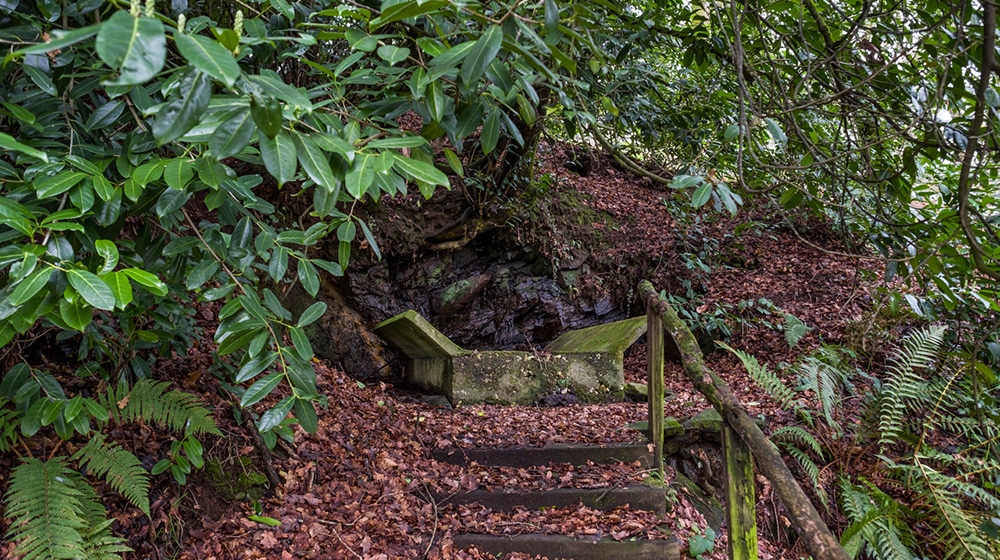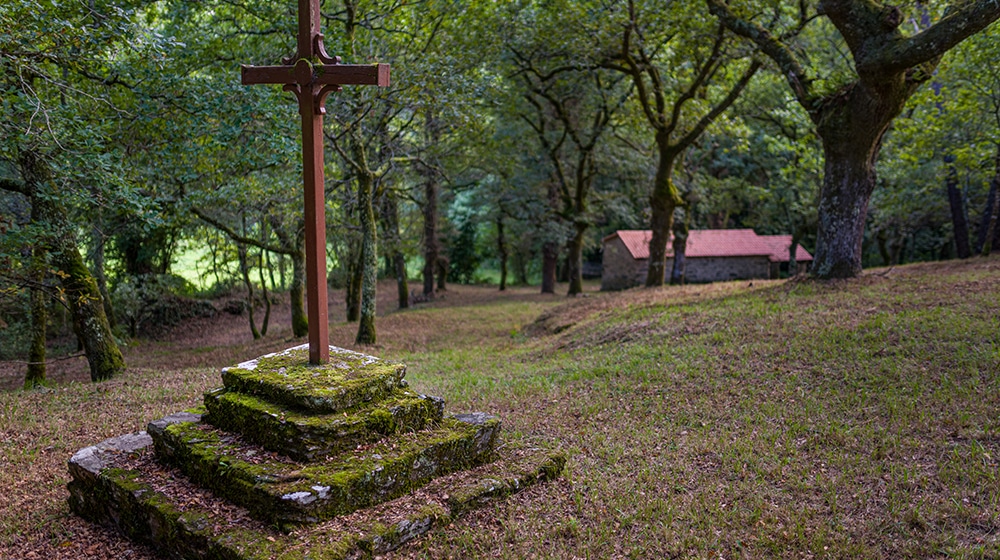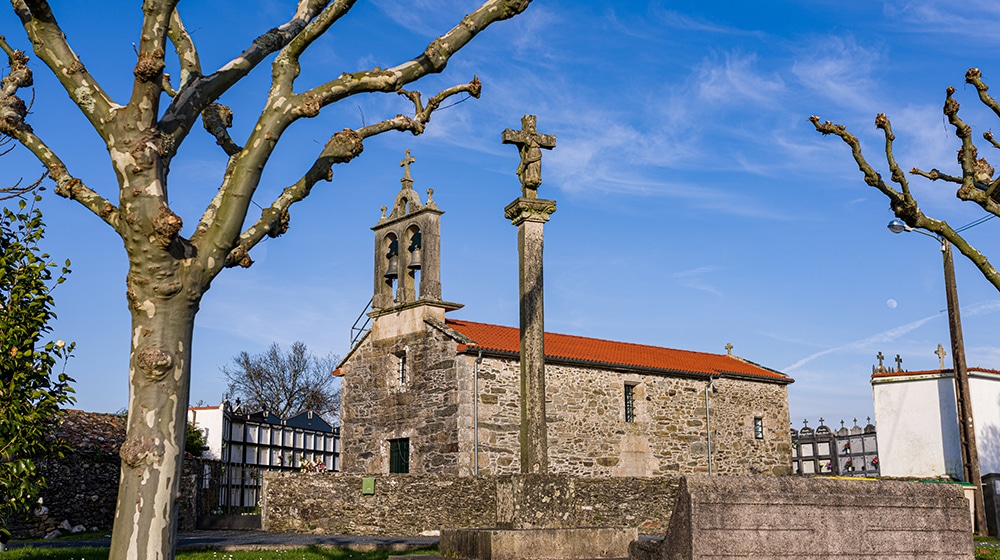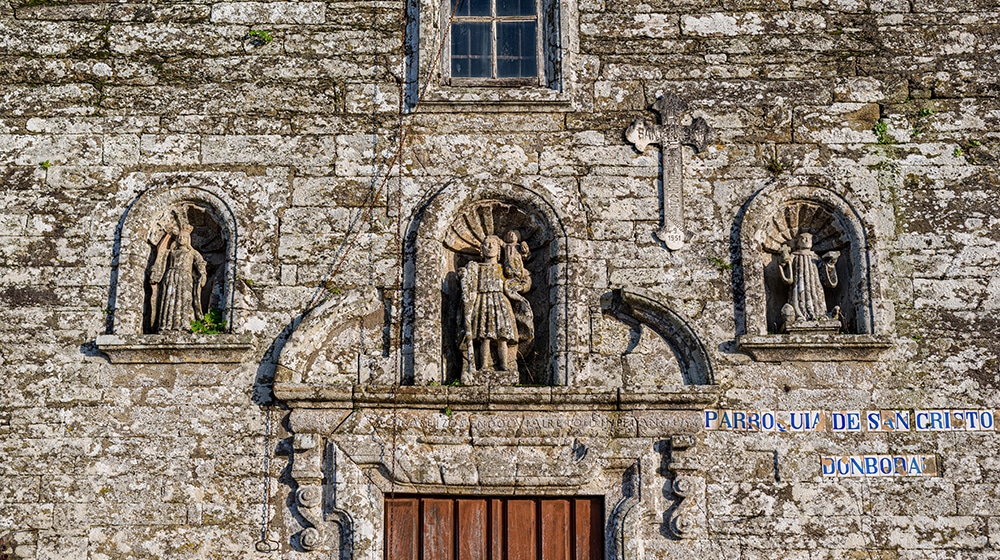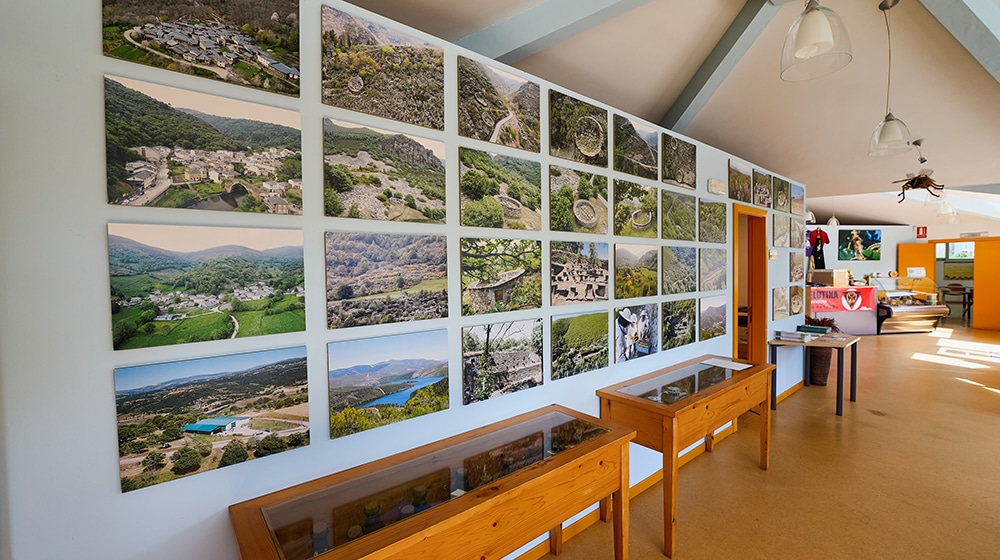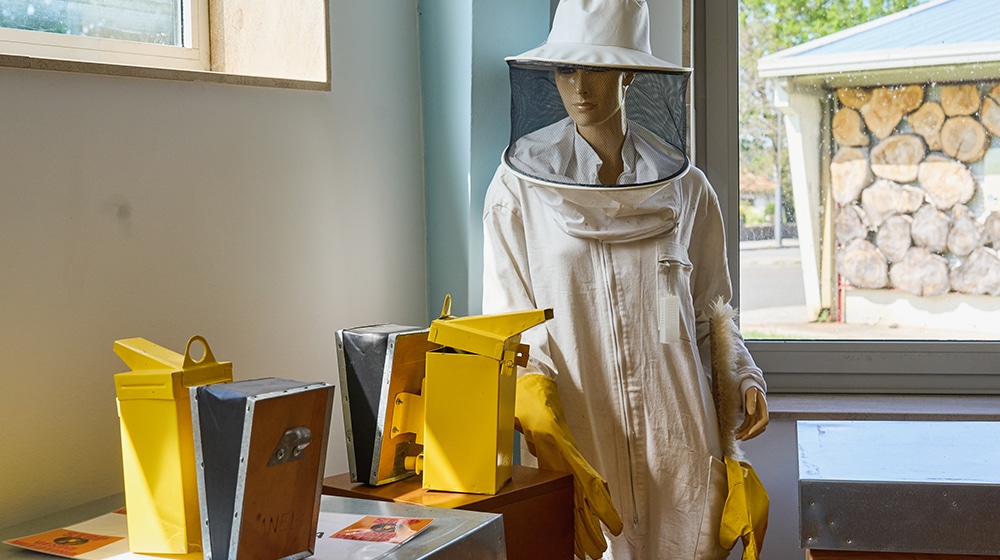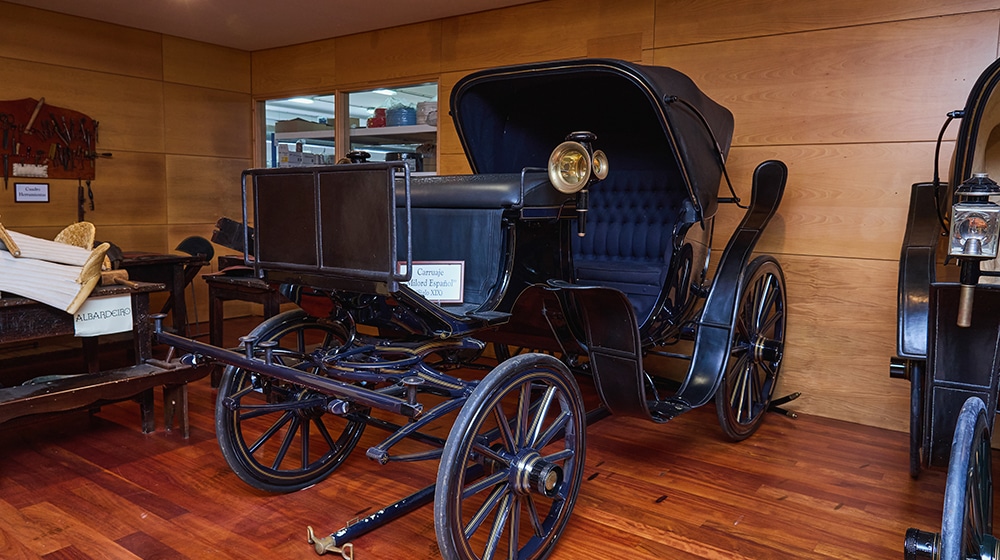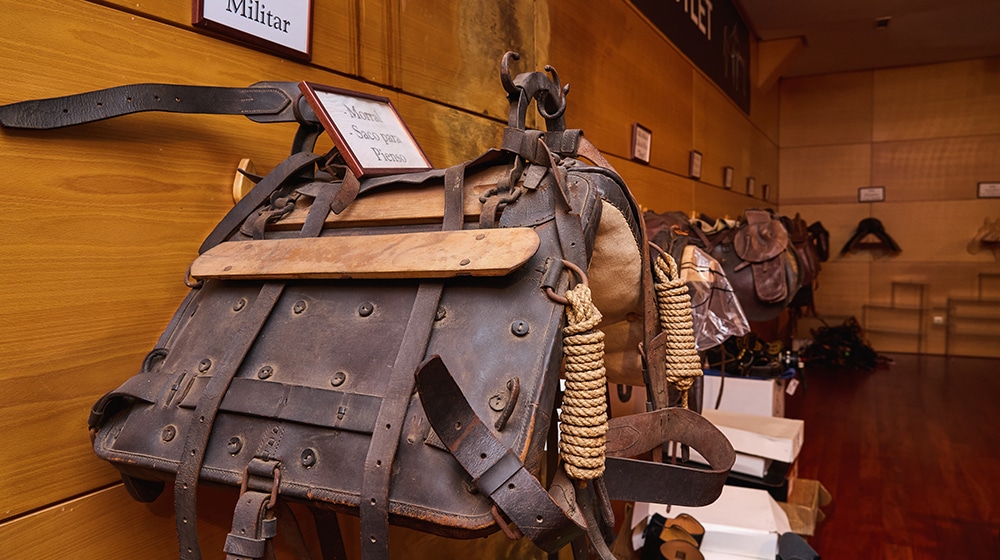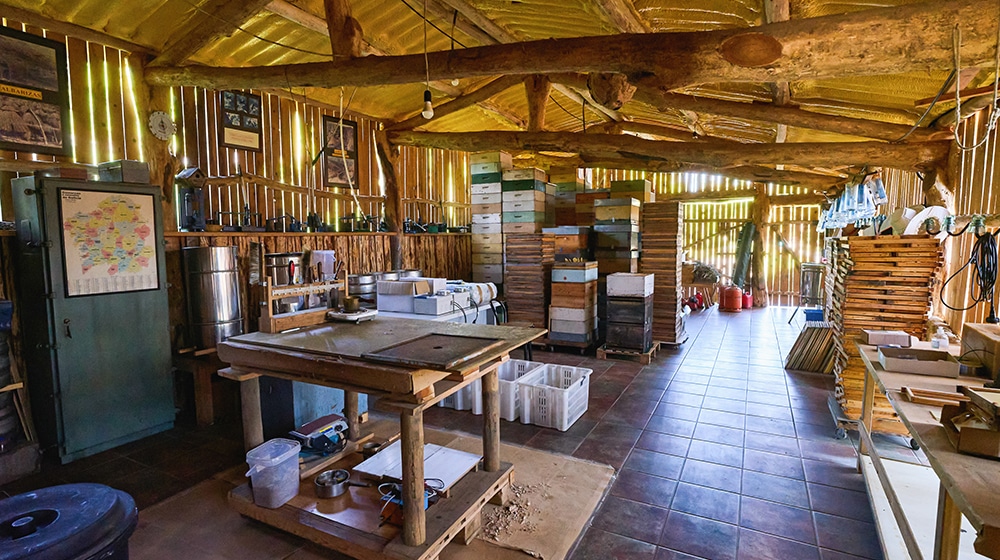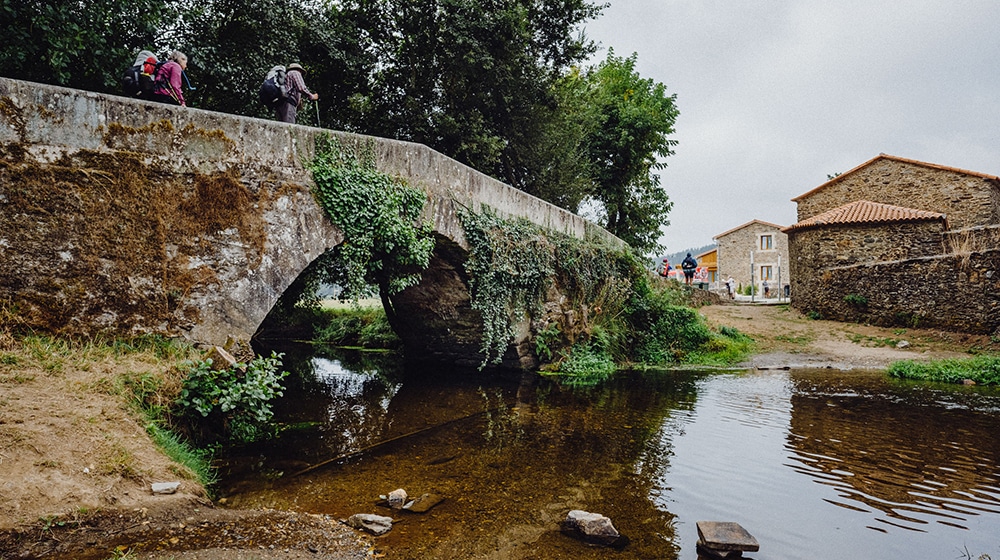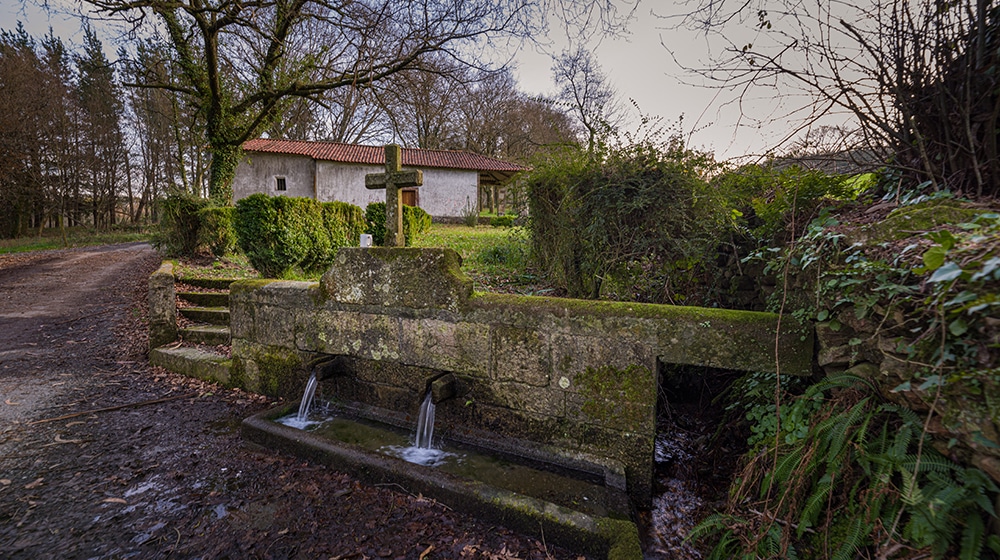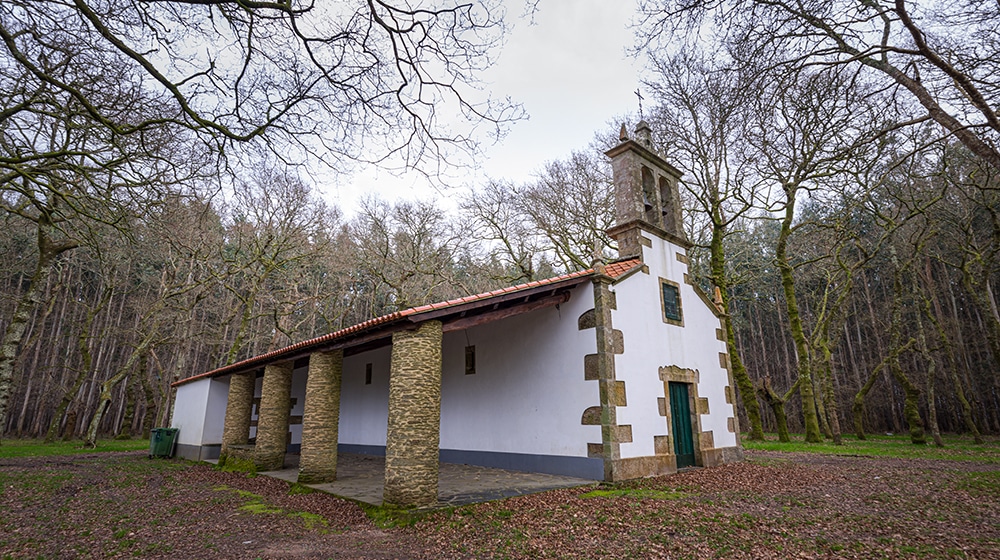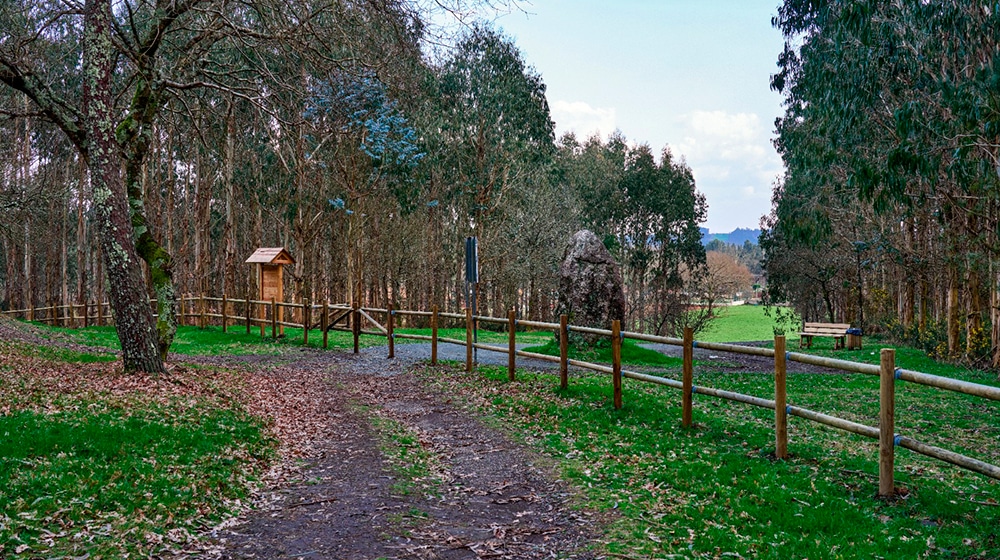HISTORY
Arzúa grew as a town in the 11th century, under the protection of the pilgrimage route, but various archaeological remains and documents show that its birth as a population centre and its importance date from well before the Middle Ages. Pliny, in the 1st century BC, speaks of the Cáporos, inhabitants of the Tambre-Ulla de Arzúa interfluve, in the 2nd century AD. In his Geography, Ptolemy mentions the place of Araduca, populated by Galician Bracari, which some scholars identify as the Celtic city of Arzúa. Antoninus Caracalla, in his Itinerary, also mentions this town and the mansion of Brevis.
The Codex Calixtinus mentions the Arzuan parish of Castañeda (Castaniolla), where the lime kilns for the construction of the cathedral of Compostela were located, but the same document also mentions Vilanova, the name by which the town of Arzúa was known at that time.
During the period of greatest Jacobean effervescence, Arzúa became a lordship of the Archbishopric of Compostela, which granted it privileges and rights that were administered directly by the municipality of Arzúa. In the mid-14th century, the town was walled, as can be seen in the old forums, "by privilege granted by the archbishops Don Beringuel and Don Pedro to build the enclosure".
Arzúa was of great importance during the fights between liberals and royalists in the 19th century. Various actions were carried out in its territory, from 1822 onwards, with the aim of restoring monarchical absolutism. In this sense, the main activists were the Royalist Volunteers of A Mota, led from Guntín (Lugo) by Xosé Ramos. In that same period, the town was the scene where the priest Santiago Pastoriza delivered his sermon at the blessing of the flag of the Royalist Volunteers (1831). After that Royalist milestone, the Constitutionalists demolished the tower of the old church and murdered Antonio López, leader of the Carlists, near Boimorto.
CULTURE
Leather Shop and Museum
Factory and leather goods shop, which also functions as a museum; opened as such in December 2002.
A Paínza Ethnographic Museum
Located in the main house, part of the “A Paínza” rural tourism complex, made up of dwellings in old farmhouses built in 1780. It began its activity in 2001.
Cheese and honey promotion centre.
The purpose of the centre was to promote and enhance the value of two products that are particularly popular in the area: cheese and honey.
Honey living museum. “O Enredo do abelleiro”
There are two itineraries for visitors, one inside and one outside. It has a shop selling foodstuffs and cosmetics. Photographic panels show the life of bees and the beekeeper's trade. There is also a laboratory and a lecture room. Outside there are different types of apiaries, both modern and antique. The museum was founded in 1994 and offers beekeeping, candle making and packaging workshops for groups. It is necessary to contact the museum in advance to request a visit.
Heritage
Arzúa offers visitors the chance to discover the imprint that the Roman culture and, in particular, the Jacobean culture, left on its territory. Arzúa is scattered with a multitude of chapels and churches in which part of the old Romanesque structure is still preserved, and the altarpieces that decorate their altars date back to at least the 18th century. In terms of civil architecture, Arzúa is also a landscape rich in buildings typical of the area, manor houses, stately homes and, of course, buildings used as pilgrims' inns.
A MAGDALENA CHAPEL
A small chapel belonging to the disappeared Augustinian convent founded in the 14th century, it was reopened as a cultural hall in 2006.
XIV century, it was reopened as a cultural hall in 2006. Inside, two tombs of recumbent statues stand out.
FONTE SANTA CHAPEL
Built in the 18th century, rectangular in shape and made of rubble stone, it is a typical representation of a rural Galician temple. The waters that spring up next to it are said to have mineral-medicinal properties (sulphurous and ferrous) and give off a characteristic smell. Near the chapel are the mills and the transept.
RIBADISO BRIDGE AND LEISURE AREA
This 13th-14th century complex is comprised of the last pilgrims' hospital on the French Way and a bridge of medieval origin. This hospital currently houses the public pilgrims' hostel founded in 1993. The recreational area bathed by the river Eso, which has a picnic area in the oak grove, makes up this area.
A MOTA CHAPEL
Chapel dating from the 18th-19th century, located on one side of the Northern Way, it consists of an oak grove and a transept nearby. Chapel dedicated to Saint Bartolomé, Saint Mateo and Saint Simón.
CURBIN “CASTRO”
Situated barely 2 kilometres from the centre of the town, this "castro" has a clear circular profile, which would indicate the existence of defensive walls and a possible pit.
“A QUENLLA” Bridge
A water fountain near “Castro Curbín”, with an associated myth in which we can see the survival of pagan cults in the Galician oral tradition.

